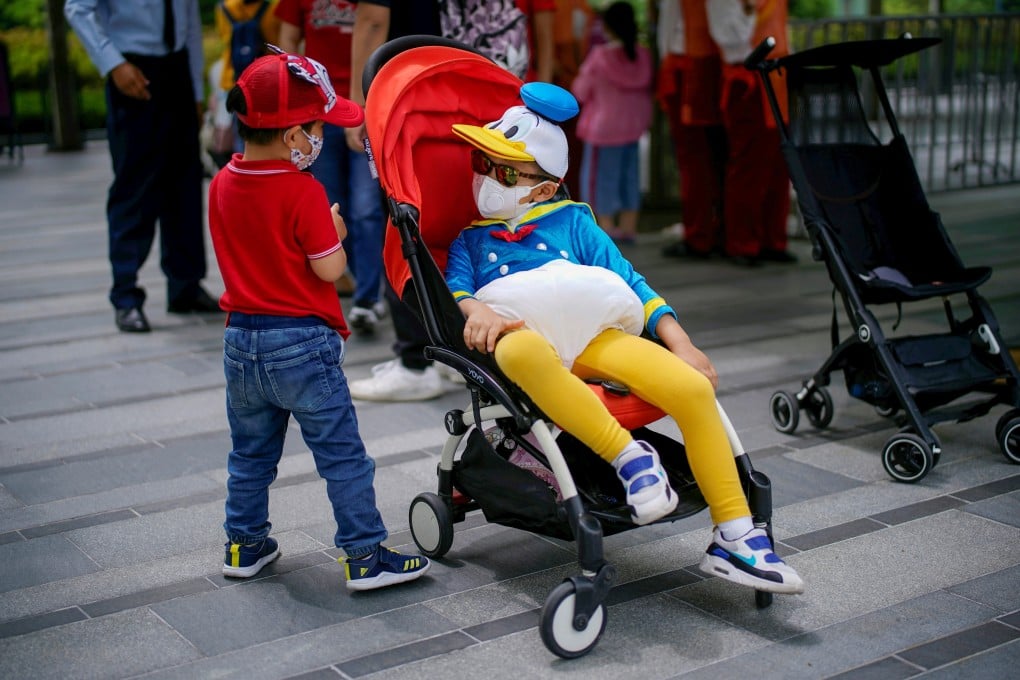Being Chinese | In US vs Chinese soft power, guess how children are voting?
As children around me get sucked into the rabbit hole of Disney, Marvel and Netflix, I wonder about the reach of Chinese culture

My preteen nephew’s fingers are racing ahead of his linguistic engine as he valiantly tries to give me a step-by-step Rubik’s Cube tutorial in Mandarin, but after the third or fourth ranhou (“and then”), his voice trails off. His little brother can’t bear listening any more and blurts out, “Why can’t you tell her in English?”
He can’t, he gently explains as I bite back laughter, because the aunt “doesn’t really understand English”.
That would be poor old me, the self-appointed guardian of Chinese heritage who has made a point of speaking Mandarin, never ever English, to the children in my family in the hope that they won’t lose Chinese as a first language, and thus easy access to a cultural universe. Yet, mine sometimes feels like a lost cause.
Thus, even in a traditionally Cantonese and Mandarin-speaking family like mine, the children stick to English among themselves and with their parents. Chinese recedes into the background, less mother than grandmother tongue; it is spoken to be polite to older people, including me, if they can look away from Captain Underpants, Ninjago, Young Sheldon or whatever it is they are glued to on Netflix through the television, tablet or phone.


